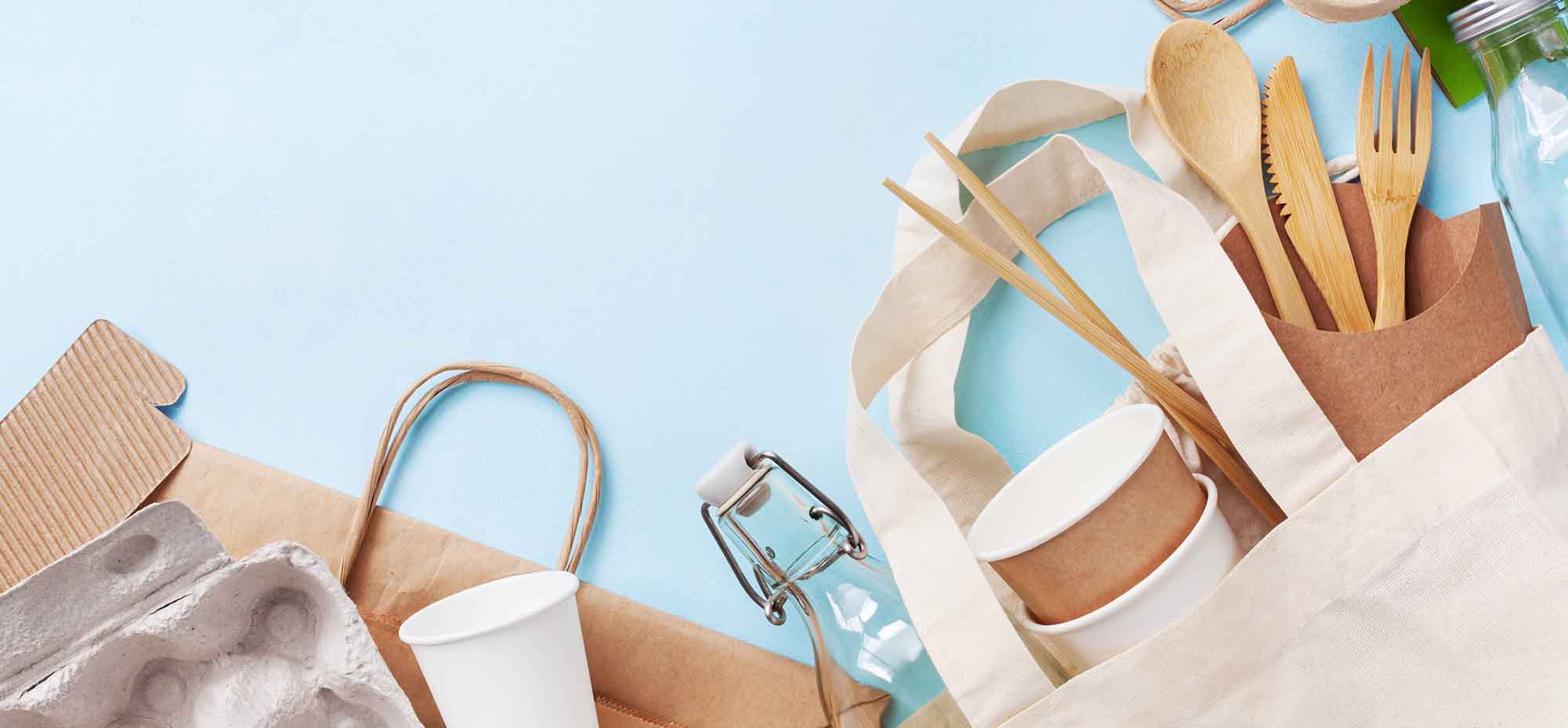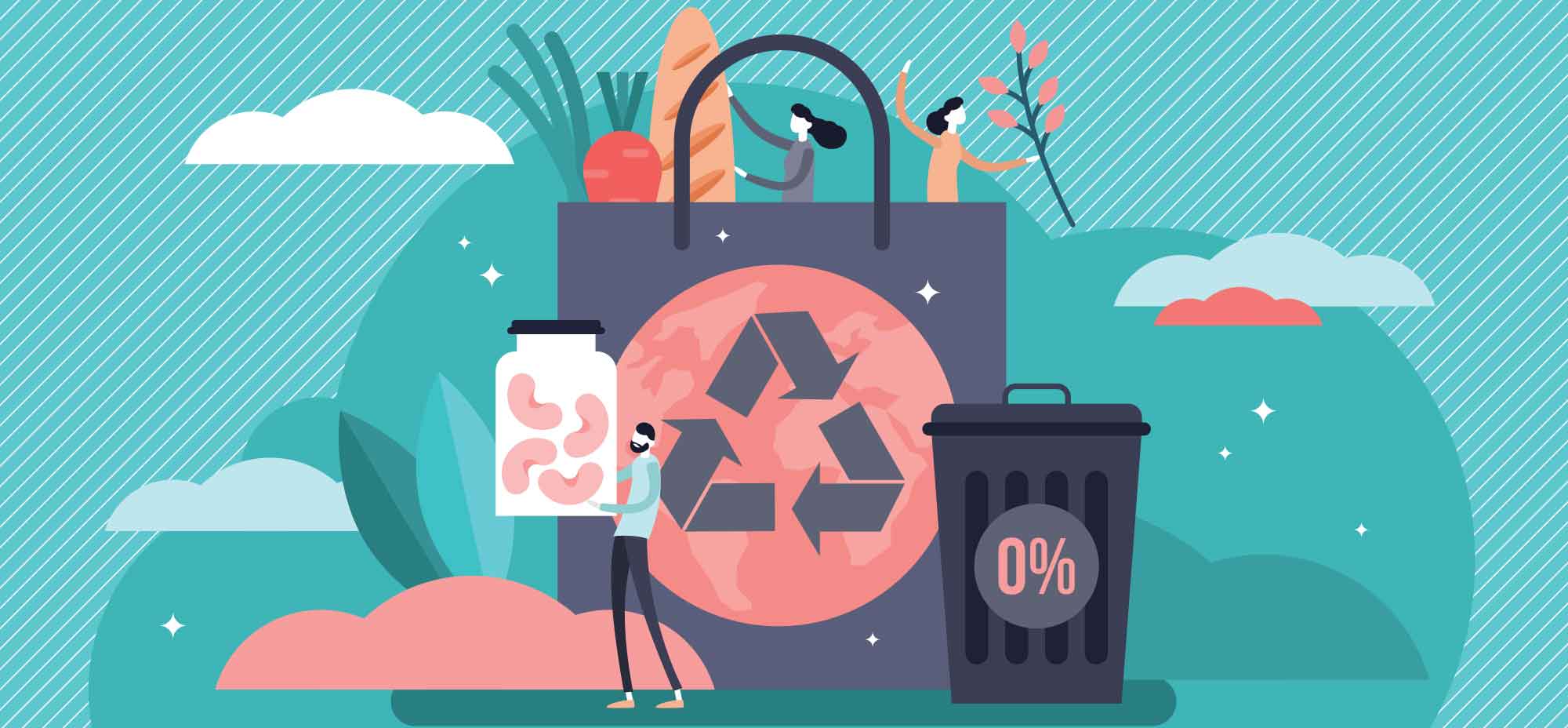When the ABC aired their documentary of wastage in Australia War on Waste, it brought a very inconvenient truth to the surface of casual dinner conversations; our takeaway habits might just be the catalyst for what is said to be a very steep decline in the environmental wellbeing of Australia. That is, our daily coffee addictions and appreciation for takeaway convenience could cause an environmental disaster.
Australia’s love of convenience is no new topic of conversation among the hospitality industry. Restaurants, cafes and casual takeaway venues are not only recognising the harmful effects plastics have on the environment but they’re doing something about it. As time goes by, more and more consumers are boycotting venues that don’t meet the social demands of environmental friendliness and in direct response to this, restaurants are doing the same.
The environmentally friendly packaging trend:

With the internet offering a level of consumer transparency previously not available to the public, the desire to lessen waste has accelerated particularly in the last decade. Recent years have welcomed a social trend towards farm-to-table style restaurants and a push for transparency in nutrition labelling has grown exponentially. According to Executive chef of successful catering business Some Guys Food Guy Francis, it’s not just consumers who are demanding change.
Eco-friendly packaging is also at the forefront of decision making for many who work in the industry themselves. “It is up to the restaurants, cafes, bars, and bistros to hold themselves accountable for their own environmental impact,” he says, adding venues are now taking a stand. Eateries are implementing end-to-end sustainable practises across their entire supply chain, from recycling whatever they can to installing flow restrictors to kitchen faucets. Eco-friendly packaging is just another cog in the wheel of businesses who are wanting to minimise their environmental impact.
How restaurants can now switch their takeaway material to enviro-friendly packaging:
From swapping plastic straws for bamboo to using 100 percent biodegradable takeaway bags, there are many simple and cost-effective ways a venue can reduce their environmental footprint. In July 2018, McDonalds Australia announced they would ditch single-use plastic straws in their restaurants by the year 2020. Supply Chain Director, Robert Sexton said in a statement: "We know plastic straws is a topic our customers are passionate about and we will find a viable solution… as one of the world's largest restaurant businesses, we know we have the responsibility and opportunity to make a significant change."
Making the switch from harmful plastics to environmentally-friendly packaging is becoming a requirement in the industry, for restaurants who want success. Mr Francis says, “as much as I possibly can with Some Guys Food, we try to avoid single-use takeaway containers, and alternatively, we use reusable containers.” Restaurants all over the country are following suit in Australia’s plight to slow down the decline of our eco-system. Love.fish in Rozelle have based their whole model around lessening their mark on the environment. Every leftover scrap, whether it be a remaining bite of a burger or a scrunched-up napkin, it’s transformed into organic fertiliser and every inch of packaging is recycled or reused.
Deliveroo, one of Australia’s largest meal delivery services now requires consumers to opt-in for takeaway cutlery if they need it. They also pledged to introduce non-plastic, eco-friendly packaging to its global partner restaurants, including supplying its Australian partners with 100,000 free biodegradable straws.
Environmentally-friendly packaging hasn’t always been an easy switch to make in the hospitality industry. In the early 2000s when the go-green movement was starting to gain some traction, budding research firms were only starting to develop the technology that would make eco-friendly packaging functional and affordable. Mr Francis says that the essence of environmentally-friendly packaging is to reuse and recycle to minimise waste. “Because of this, it used to cost a lot more to buy environmentally-friendly packaging and labour costs were also higher because you weren’t throwing it away,” he says. Today, however, the technology for single-use eco-friendly options have improved immensely, making them easier to buy and just as convenient as traditional packaging options.
Where to find environmentally friendly packaging:

Due to increasing pressure from the public, packaging manufacturers have become more willing to oblige in going green. Major packaging giant Detpak has released their first ever recyclable single-use coffee cup. The cup is made with a specially coated lining and an organised collection network that guarantees the proper handling once thrown in the bin.
Envirochoice packaging, a company that focuses specifically on next-generation eco-friendly packaging, also offer double-wall compostable and biodegradable hot cups, natural fibre containers and wooden cutlery and crockery. Their mission is to help make environmentally-friendly packaging solutions more accessible and affordable to the hospitality industry and to continue to use state of the art technology to develop products, so that they are just as functional as traditional packaging.
Another Australia-based eco-packaging expert is Green Pack. They supply 100 percent recyclable packaging to local cafes, restaurants, markets and events. Since the company first opened for business in 2006, they’ve grown from a humble backyard operation to become one of the main spear heads of the environmentally friendly packaging movement. They supply world-leading products like Bio-gone cling wrap, palm leaf bio plates and sugarcane and bamboo tableware.
How it is expected to reduce wastage within the industry:
In a statement made at a press conference following the COAG Energy Council Meeting last year, Australia’s then Minister for the Environment Josh Frydenberg announced a bold plan to eliminate all non-recyclable packaging in Australia by 2025. In addition to this, the packaging industry also agreed to eliminate all non-reusable, non-recyclable or non-compostable packaging solutions within seven years. What this means for Australia’s future is that by going 100 per cent green for packaging, the country would prevent one of the biggest sources of untreatable waste from ever occurring again.
Though more hospitality outlets are switching to eco-friendly packaging solutions, the challenge is far from over. Many large chains are still using traditional packaging for its accessibility, convenience and affordability. But Mr Francis says that every step is one in the right direction. “I think the more energy and resources we put towards these ideas then the quicker we can agree environmentally friendly packaging options are just as effective as more traditional options we are used to,” he says.
